The Soul of Cement: A Journey from Classic to Modern Bathroom Art Clash of Classic and Modern: From the 19th to the Early 20th Century
 Jun 07,2024
Jun 07,2024

 Adding Green
Adding Green
In the 19th to early 20th century, bathroom design in Europe and North America underwent dramatic changes. The Victorian era's European classical aesthetics emphasized opulence and detail, while North America was strongly influenced by industrialization, gradually forming a design concept that balanced functionality and beauty. During this period, Art Deco and Art Nouveau movements emerged, driving diversification and innovation in bathroom design. These art movements not only emphasized aesthetics but also focused on the use of materials and craftsmanship improvements, greatly enhancing the appearance and practicality of bathroom products.
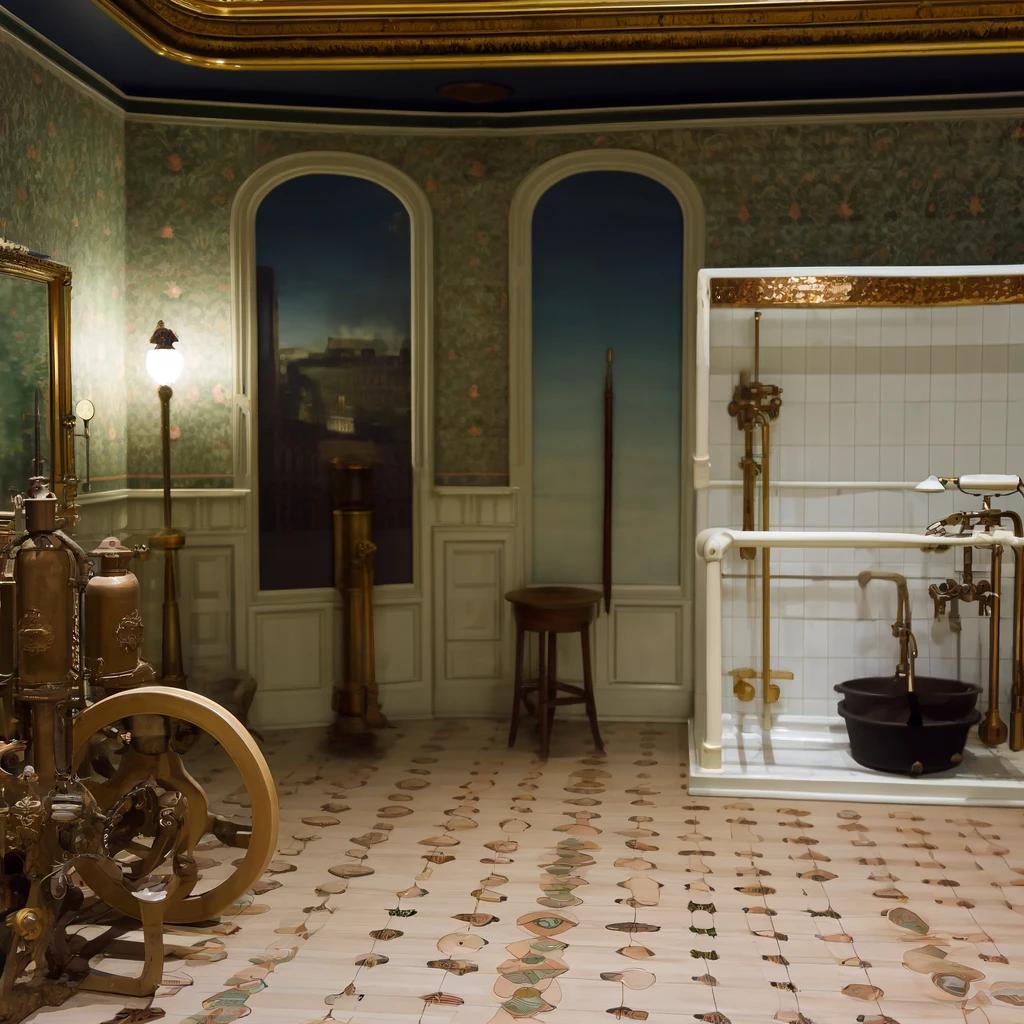
Post-War Modernism and the Rise of New Materials: Mid-20th Century
Post-World War II minimalism became mainstream in the mid-20th century, with Scandinavian styles and functionalism design becoming prevalent. During this period, new materials such as plastic and stainless steel were widely used in bathroom design, greatly expanding the creative space for designers. Bathroom products evolved from mere functional items to integral parts of overall home space design, emphasizing cohesiveness and coordination. Cement, as an emerging material, began to attract the attention and application of designers, although it had not yet become mainstream.
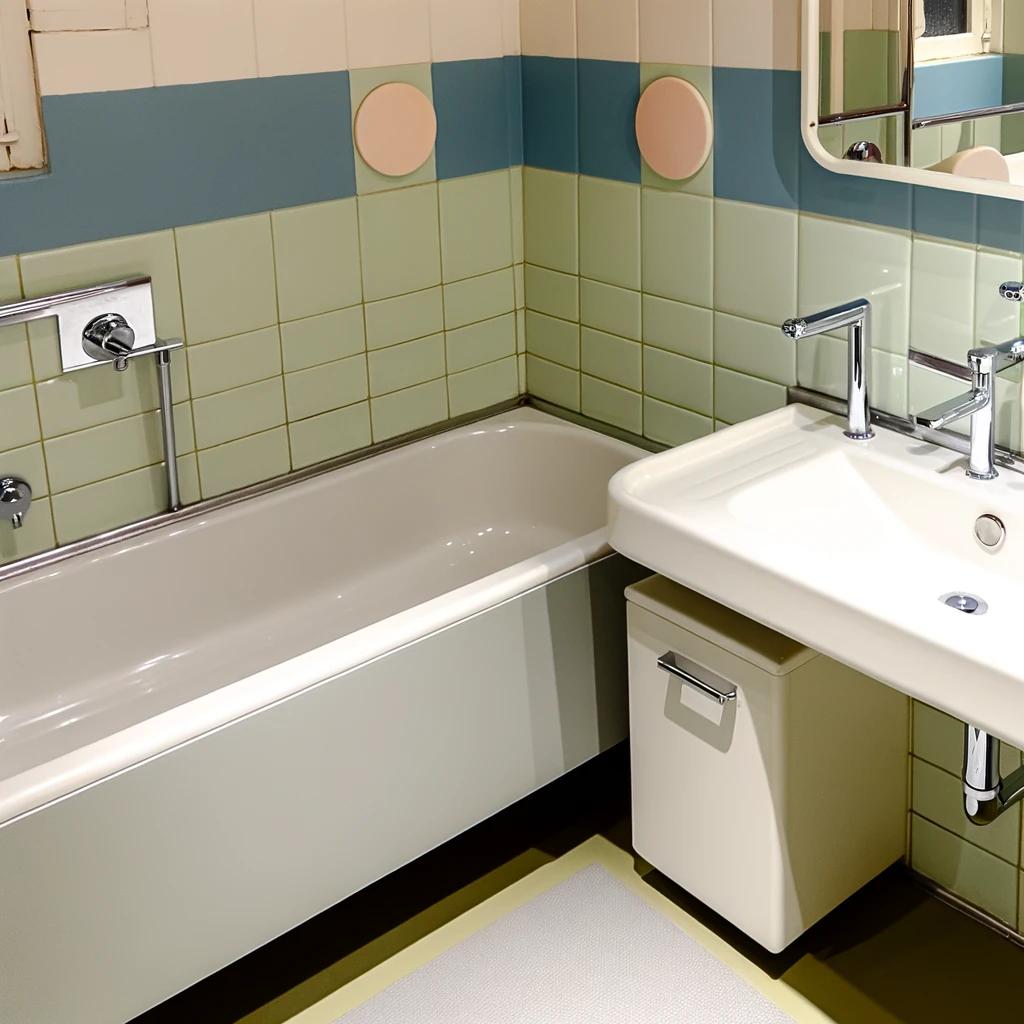
Postmodernism and Retro Trends: Late 20th Century
Entering the late 20th century, postmodernist design features gradually emerged, emphasizing diversity and individuality, with retro trends rising and decorative styles diversifying. Meanwhile, the rise of environmental awareness prompted designers to explore innovative applications of new materials. Cement, as an environmentally friendly, durable, and uniquely textured material, began to make its mark in bathroom products. Designers combined cement with other materials such as wood and metal to create uniquely styled bathroom products, retaining the natural simplicity of cement while enhancing visual and tactile richness.
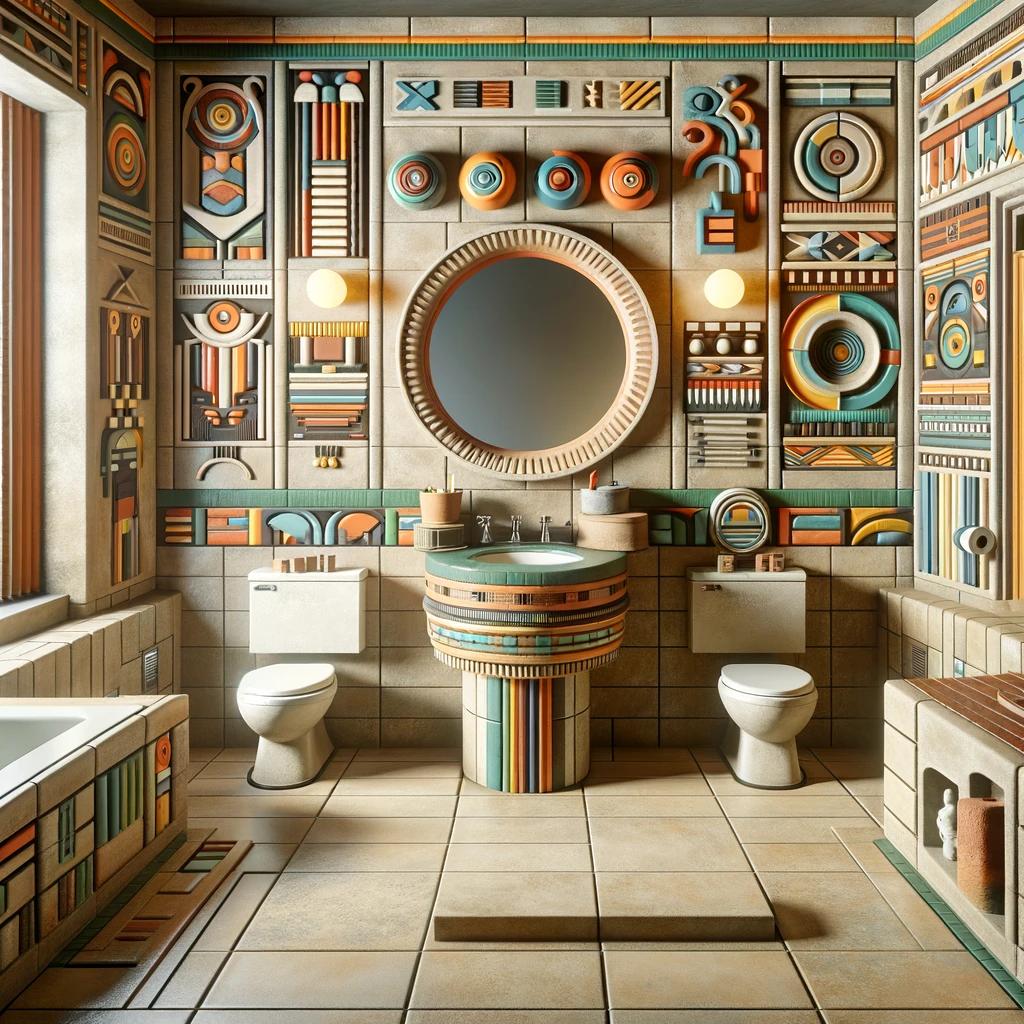
Design and Development of Cement Bathroom Products
Cement as a Design Material
Cement, with its unique material properties and advantages, has gradually become a popular choice in bathroom design. Firstly, cement has good plasticity and can be shaped and textured according to design requirements. Secondly, its durability and environmental friendliness make it highly favored in modern home design. Different types of cement, such as ordinary cement and high-strength cement, have distinct features in bathroom products, meeting various design needs and functional requirements.
Types and Features of Cement Bathroom Products
Cement bathroom products are diverse, including cement candle jars, cement pen holders, cement soap dishes, and cement trays. These products not only meet daily use requirements but also embody a simple and modern aesthetic in their design. For example, cement candle jars can be used as candle containers and decorative items to enhance the artistic atmosphere of a space; cement pen holders are both practical and aesthetically pleasing, becoming highlights in office and home decor.
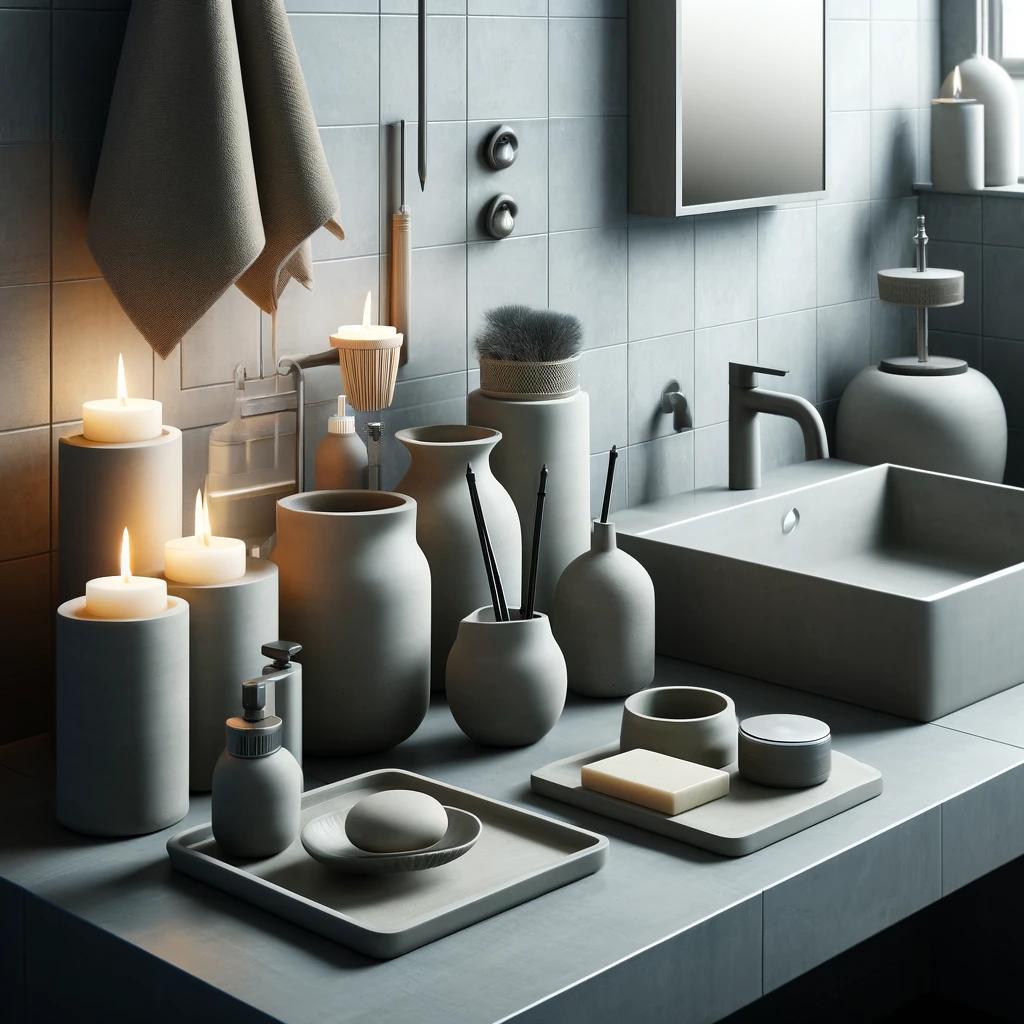
Design and Development Process
The design and development process of cement bathroom products includes market research, user needs analysis, product design and modeling, mold making and sample development, product testing, and quality control. First, market research is conducted to understand consumer preferences and needs, providing data support for design. Then, designers create product designs and models based on the research results, ensuring functionality and aesthetics. Afterward, molds are made and samples developed, with repeated testing and adjustments to ensure the product quality meets expectations.
Cement Bathroom Design in the European and American Markets
Aesthetic and Design Preferences of European and American Consumers
Consumers in Europe and America exhibit diverse aesthetic and design preferences in bathroom products. Scandinavian minimalist styles emphasize functional design and clean lines, while American country styles pursue the application of natural materials and a cozy home atmosphere. Industrial styles have a high degree of compatibility with cement design, presenting a unique blend of ruggedness and finesse. This diversity of styles provides ample space for the development of cement bathroom products in the European and American markets.
Design of Cement Bathroom Products in Different Styles
In the European and American markets, cement bathroom products are widely used in various home design styles. Scandinavian-style cement bathroom products are simple yet warm, industrial-style products emphasize texture and structural expressiveness, and modern minimalist cement bathroom products, with their clean design and elegant texture, have become new favorites in urban living.
Introducing the Adding Green Brand
As a leading enterprise in the cement craft industry, Adding Green combines craftsmanship with artistic innovation, dedicated to creating bathroom products that are both artistic and functional. The brand's founder has 11 years of experience in resin craft production and 10 years in cement technology research and development, always adhering to the principles of low energy consumption and recyclable design and production, emphasizing that all human creations should be based on respect for the earth and the ecological environment. Adding Green's technology not only adds green to the world but also features unique craft schemes and over 20,000 craft formulas that can adapt to environmental changes, supporting all designs for mass production.
Adding Green has made many innovative contributions to cement bathroom products through its original process flows, producing high-quality bathroom products that meet modern environmental requirements. Its product line includes traditional cement candle jars, pen holders, soap dishes, and continuously introduces new bathroom accessories with modern design aesthetics. Adding Green's products are not only beautiful and durable but also set industry standards in environmental friendliness and functionality, highly favored by consumers in the European and American markets.
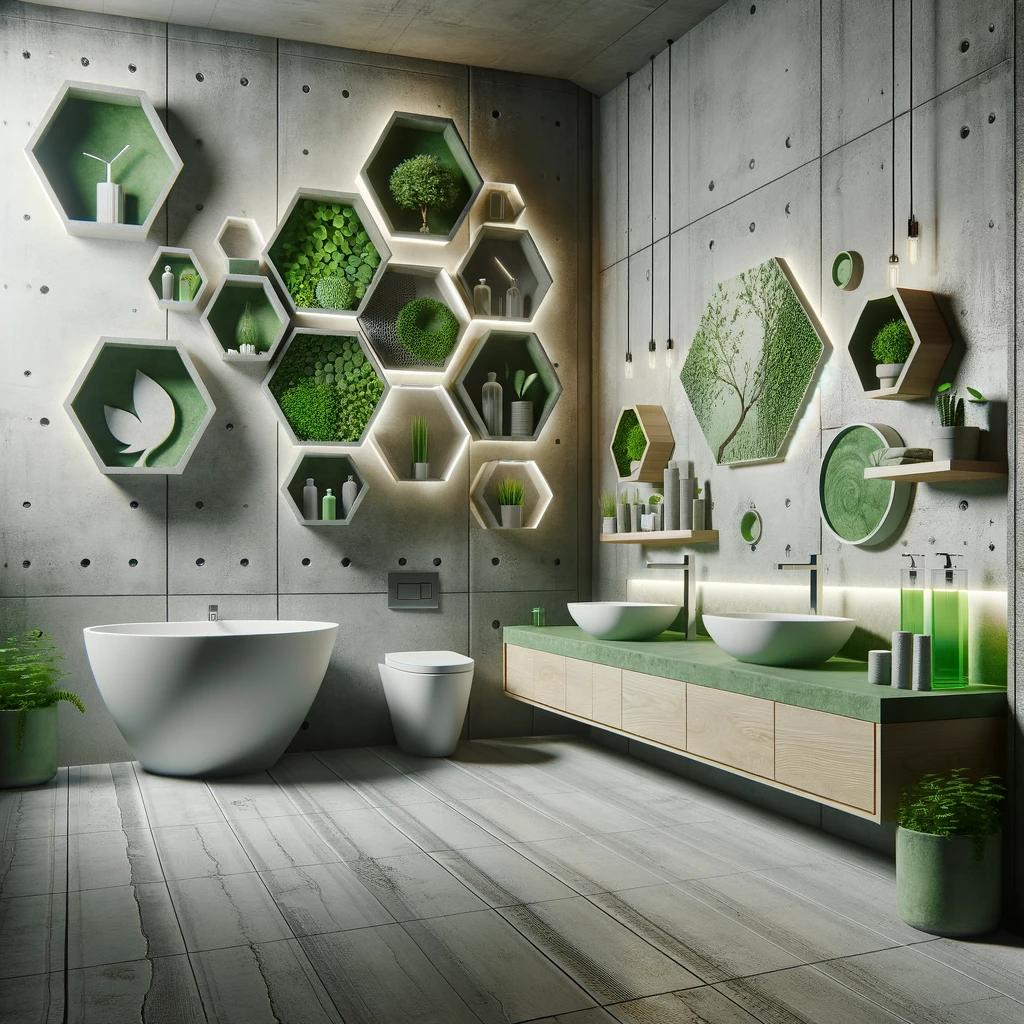
In conclusion, the development of cement bathroom products in the European and American markets reflects consumers' pursuit of environmentally friendly, durable, and aesthetically pleasing products and showcases designers' limitless possibilities in material application and creative design. In the future, with continuous technological advancements and changing consumer needs, cement bathroom products will continue to achieve breakthroughs in design and functionality, becoming essential elements in modern home design. In this process, brands like Adding Green, with their craftsmanship spirit and innovative capabilities, will play significant roles, leading the future development direction of cement bathroom products.



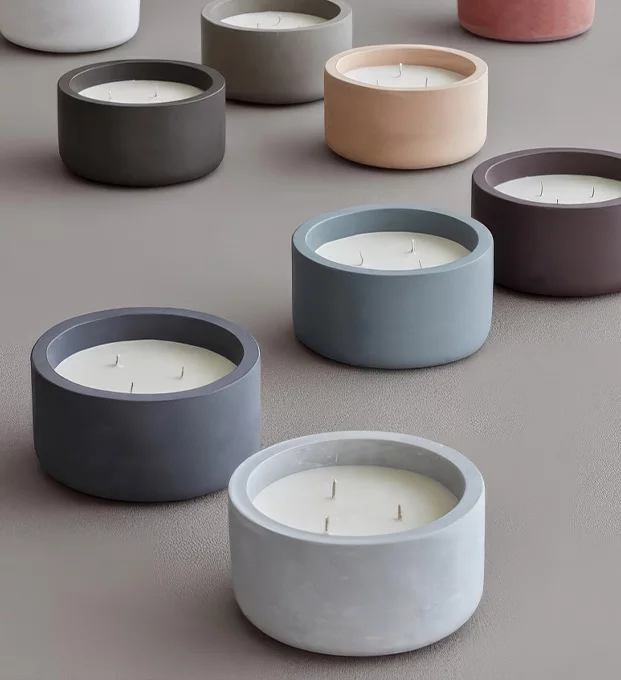
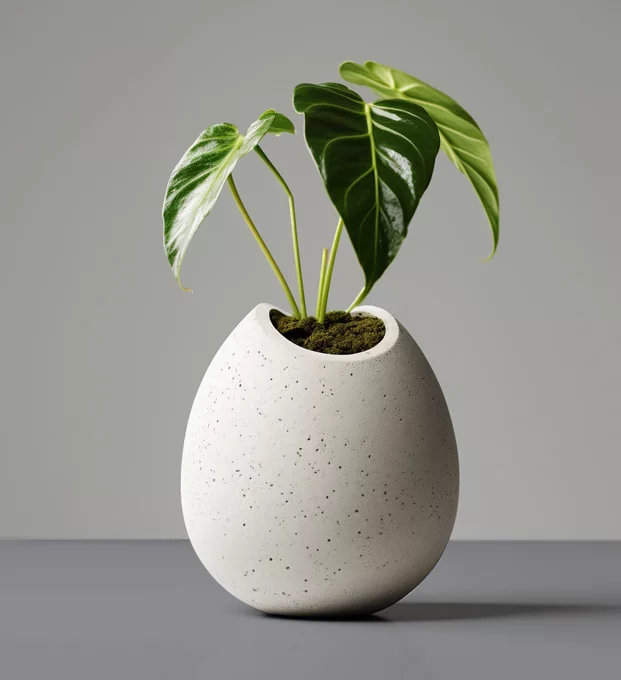
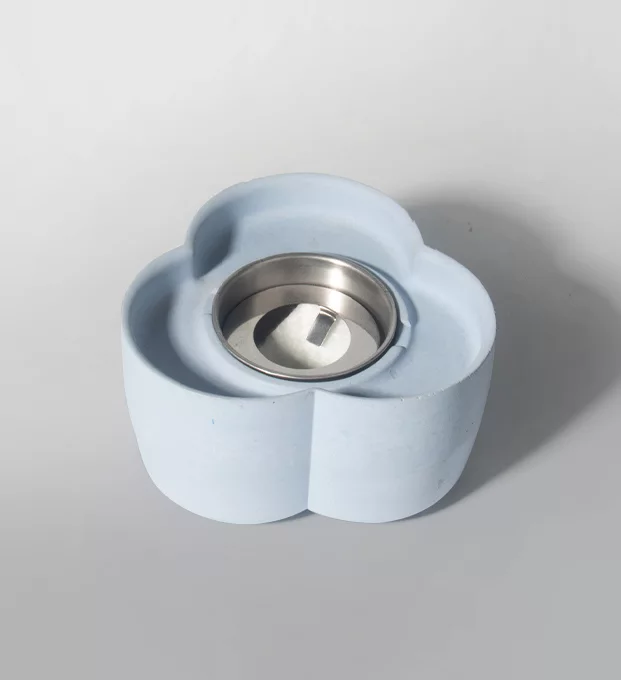
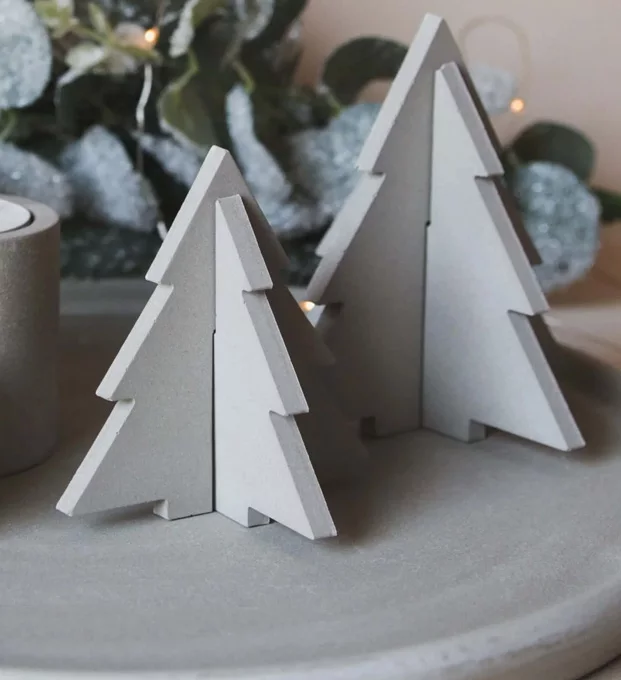
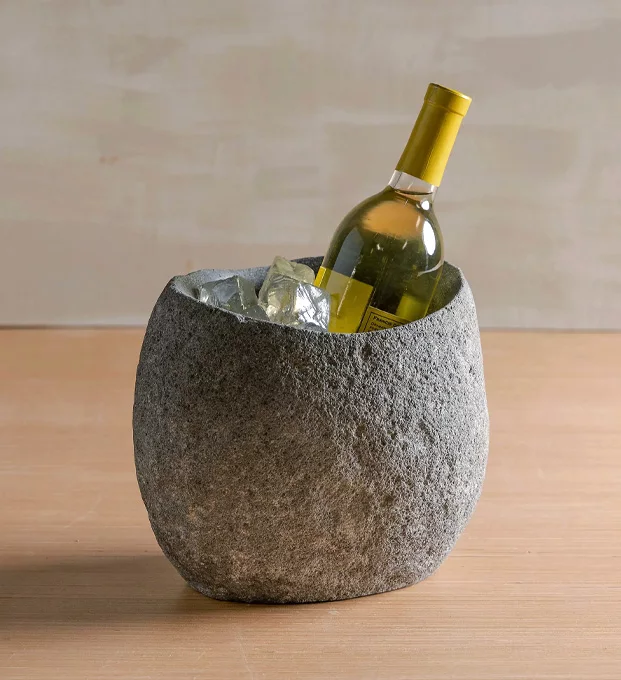




 CN
CN
 HOME
HOME The Beauty of Industry: The Profound Influence of North American Industrialization on Bathroom Design
The Beauty of Industry: The Profound Influence of North American Industrialization on Bathroom Design  You May Also Like
You May Also Like
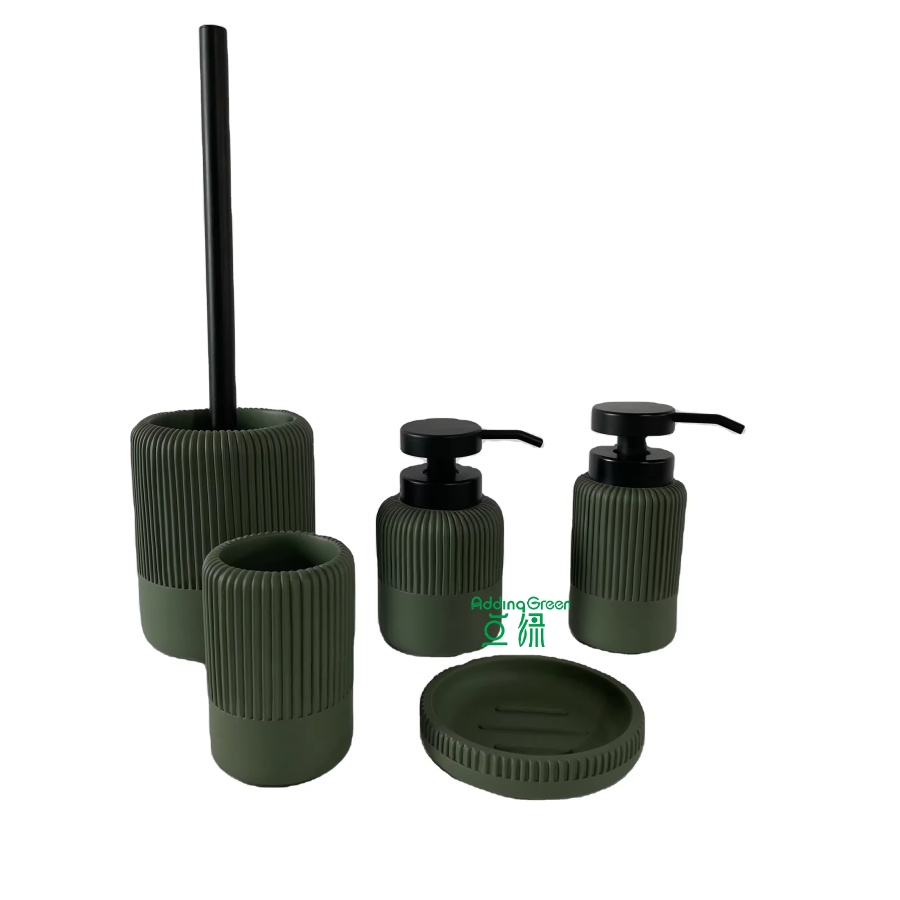


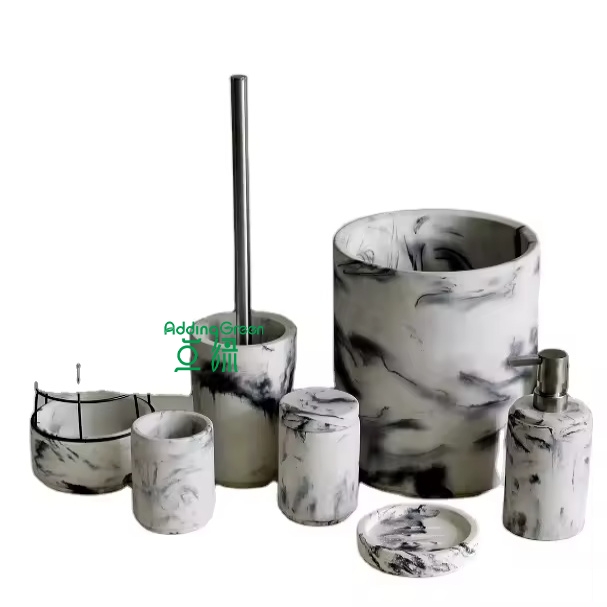

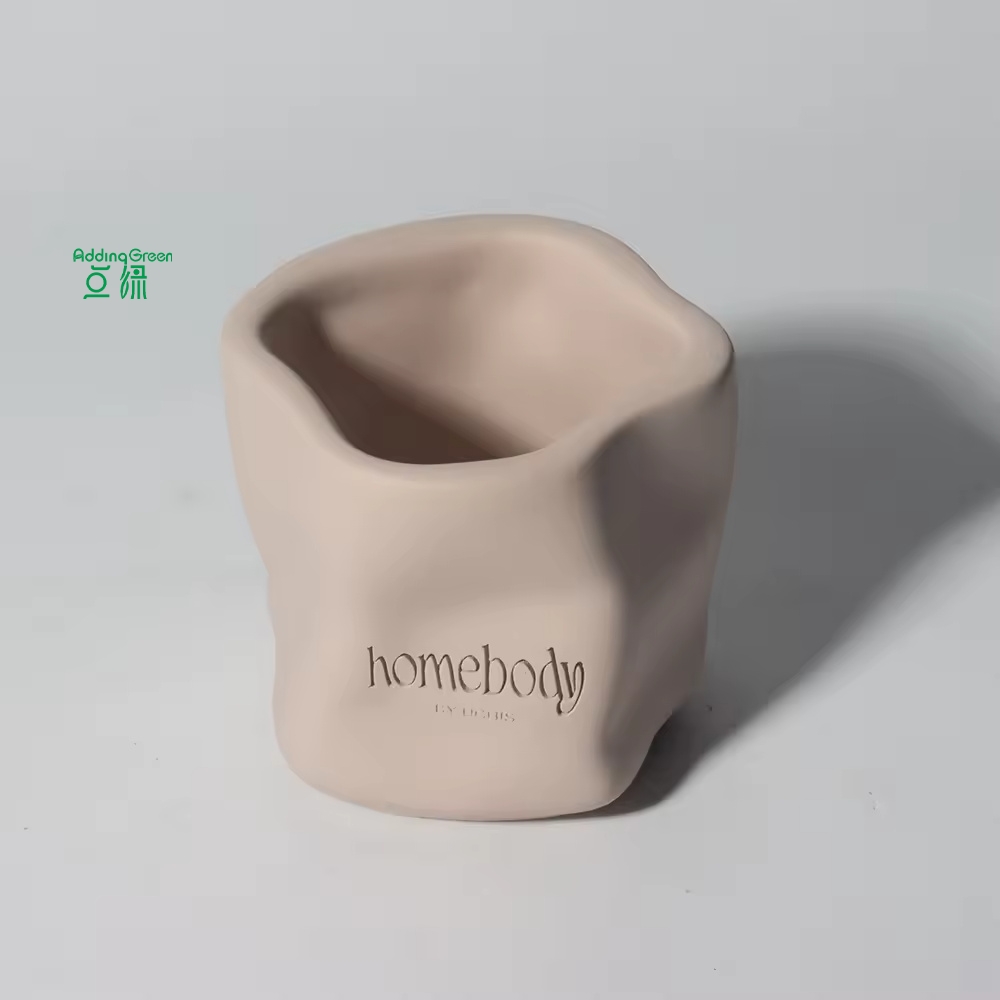
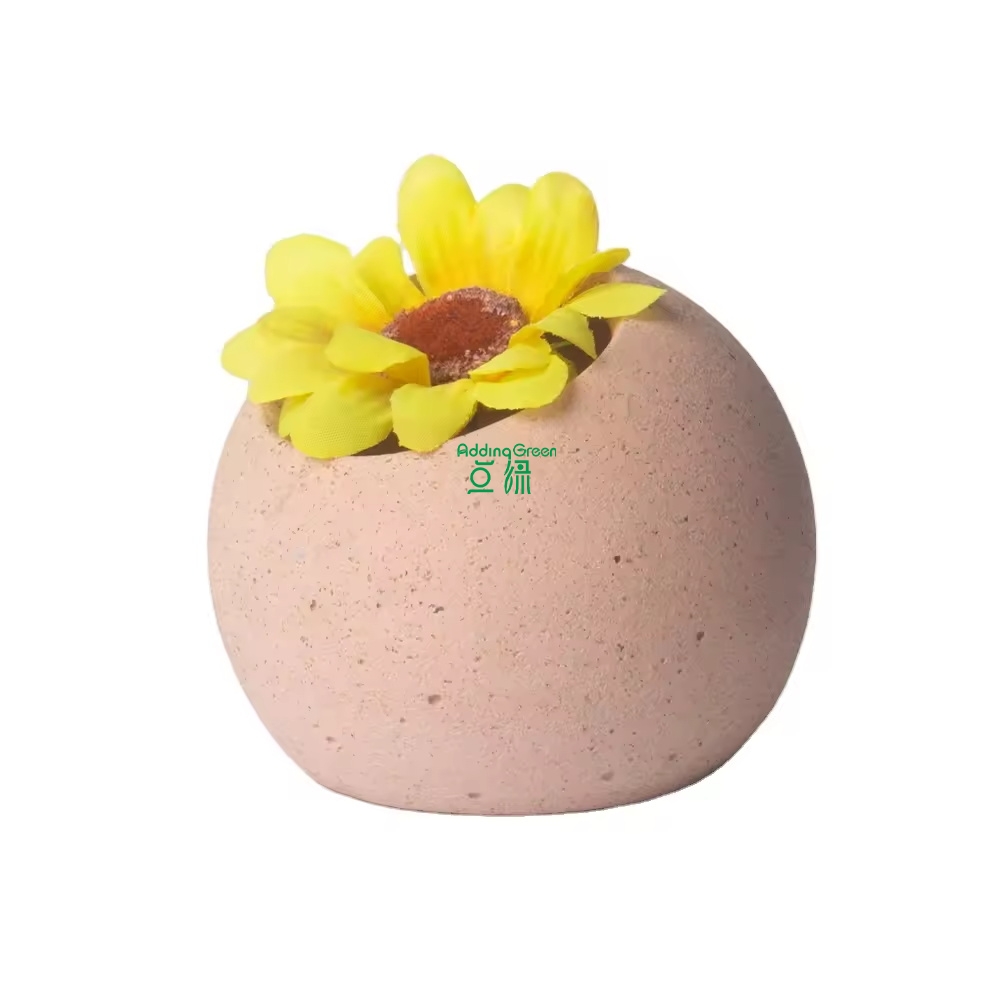
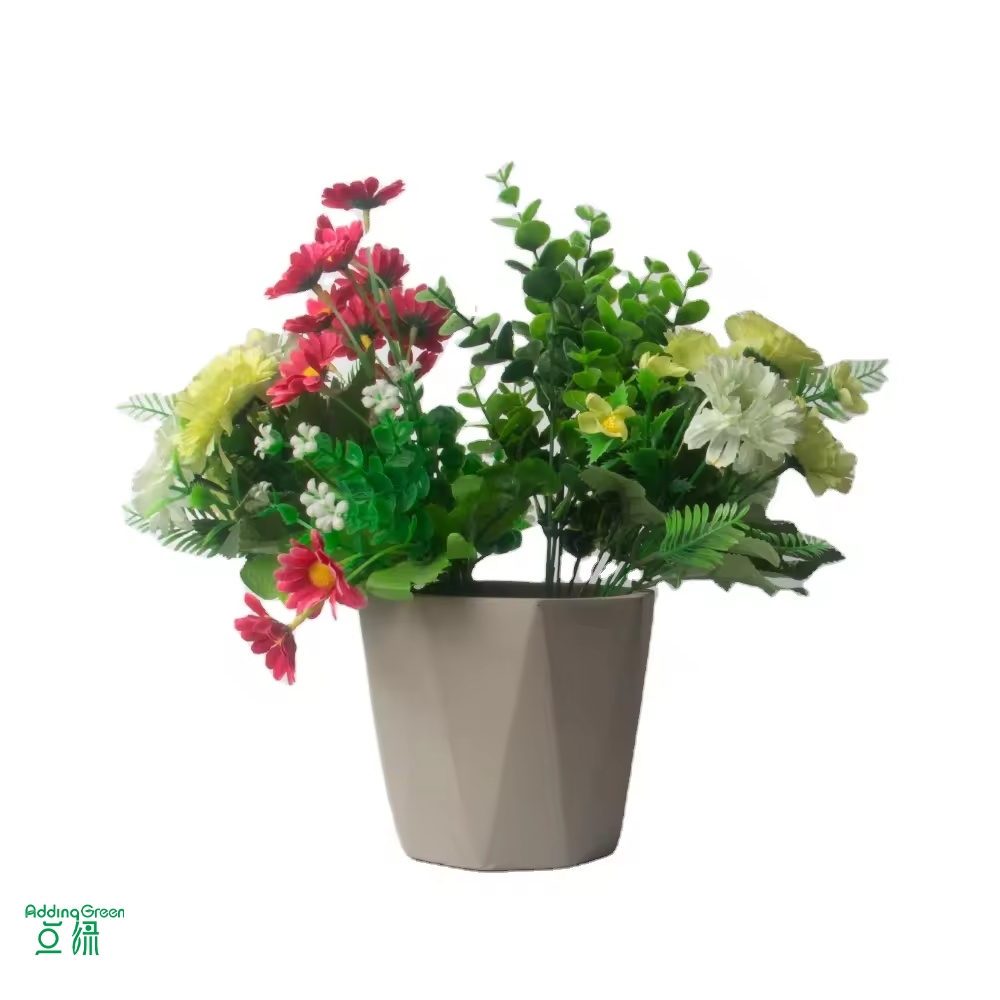
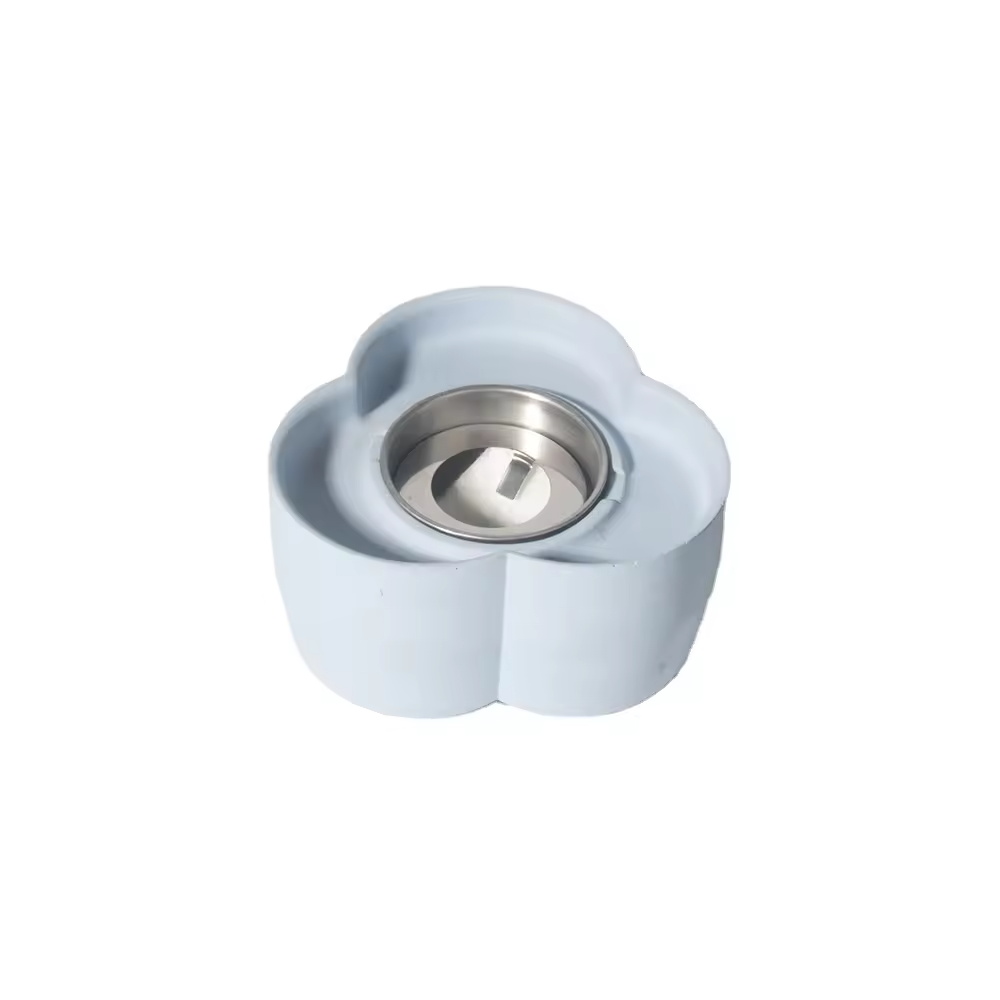

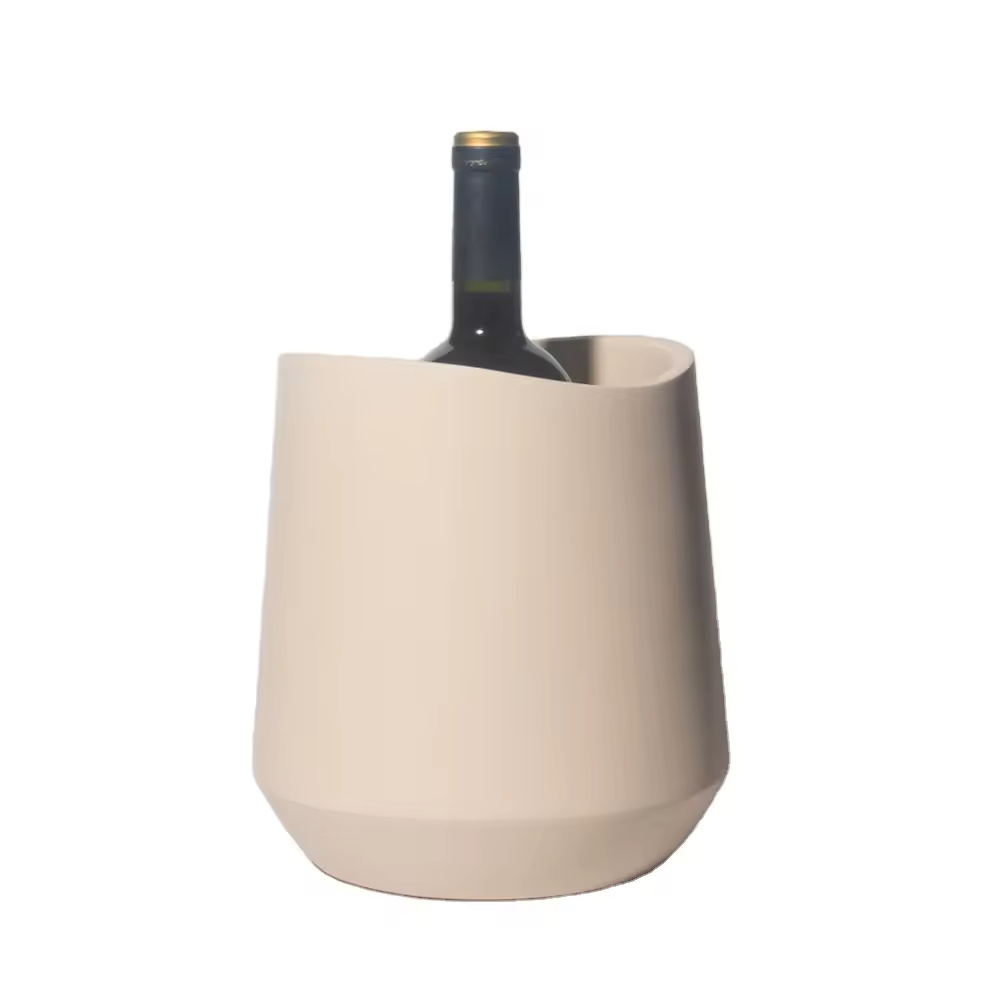

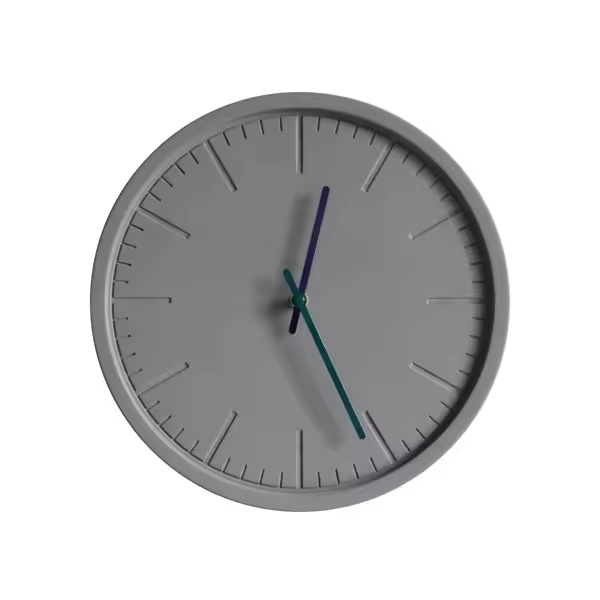
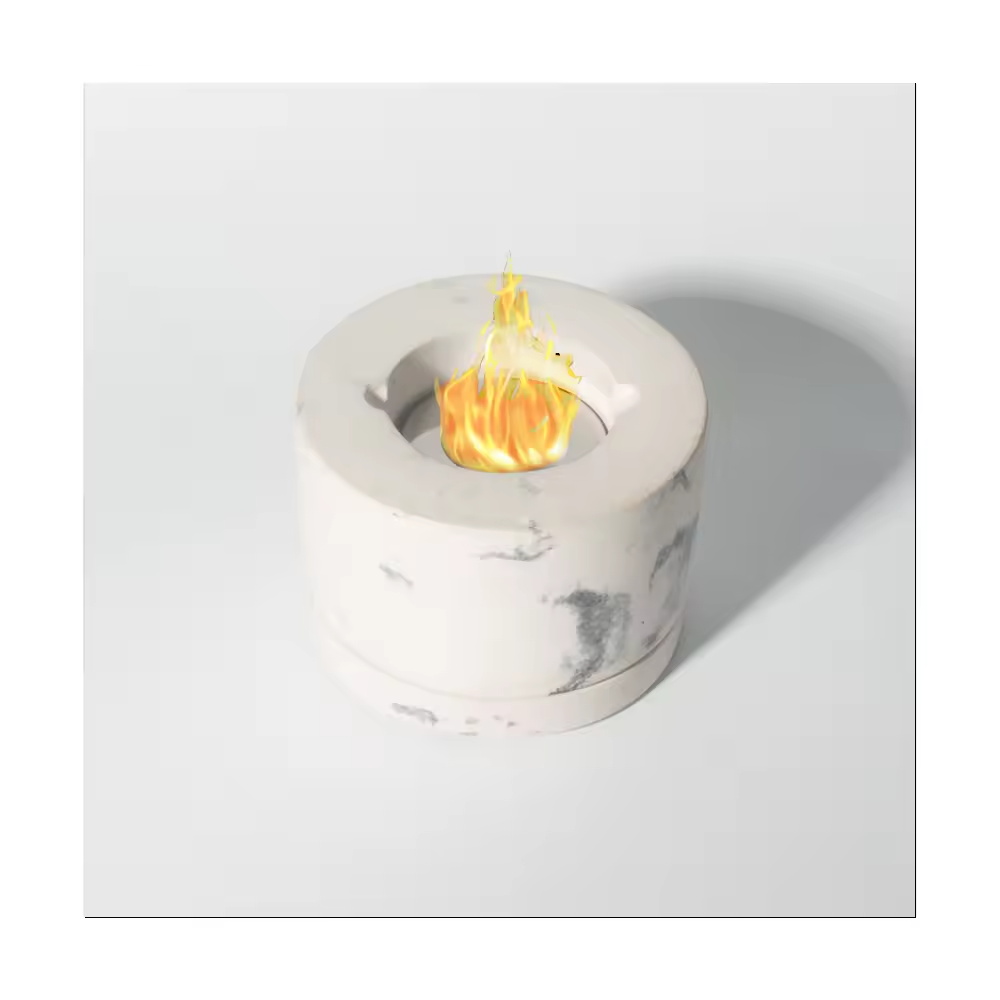
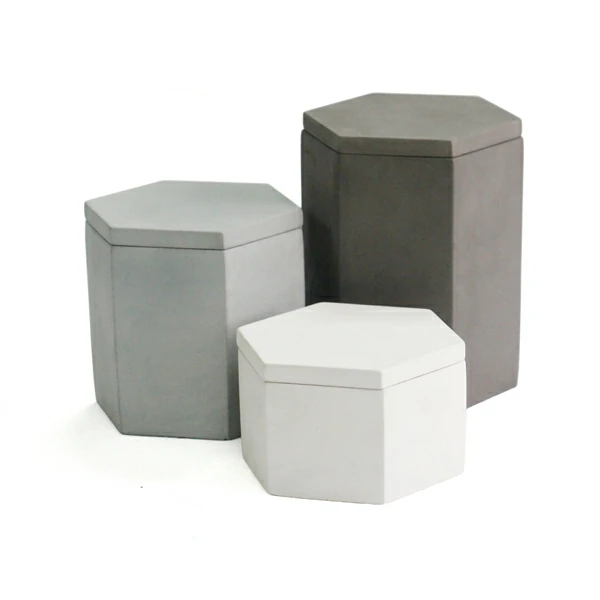
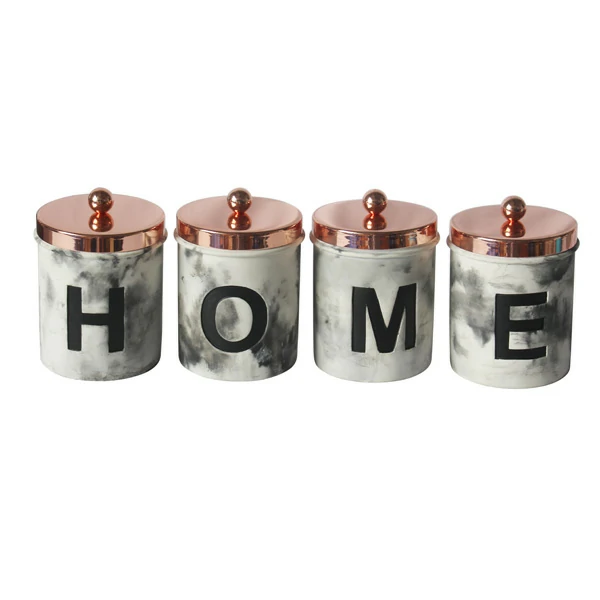
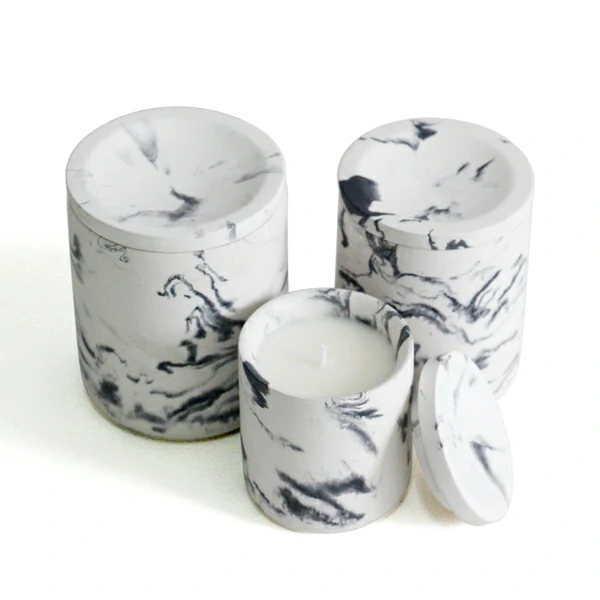

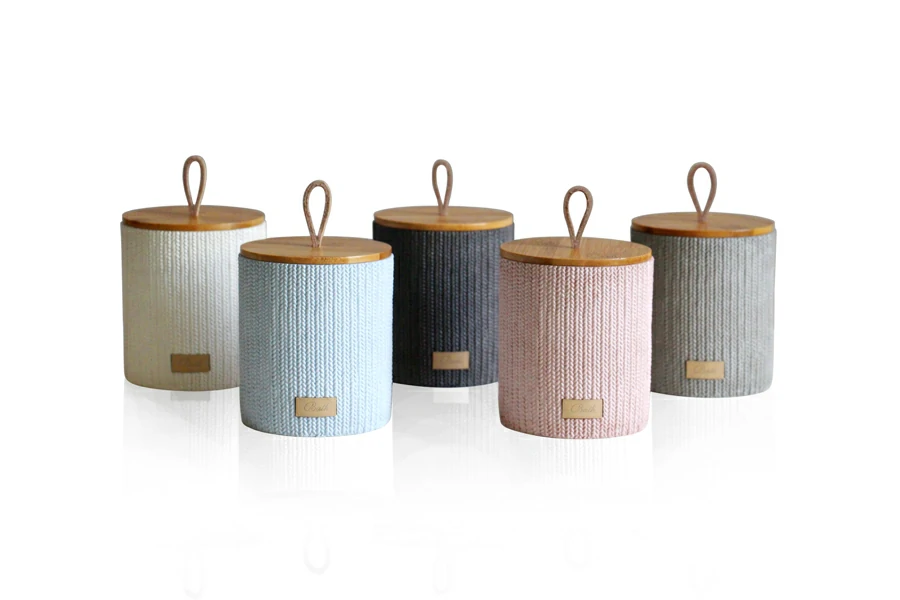
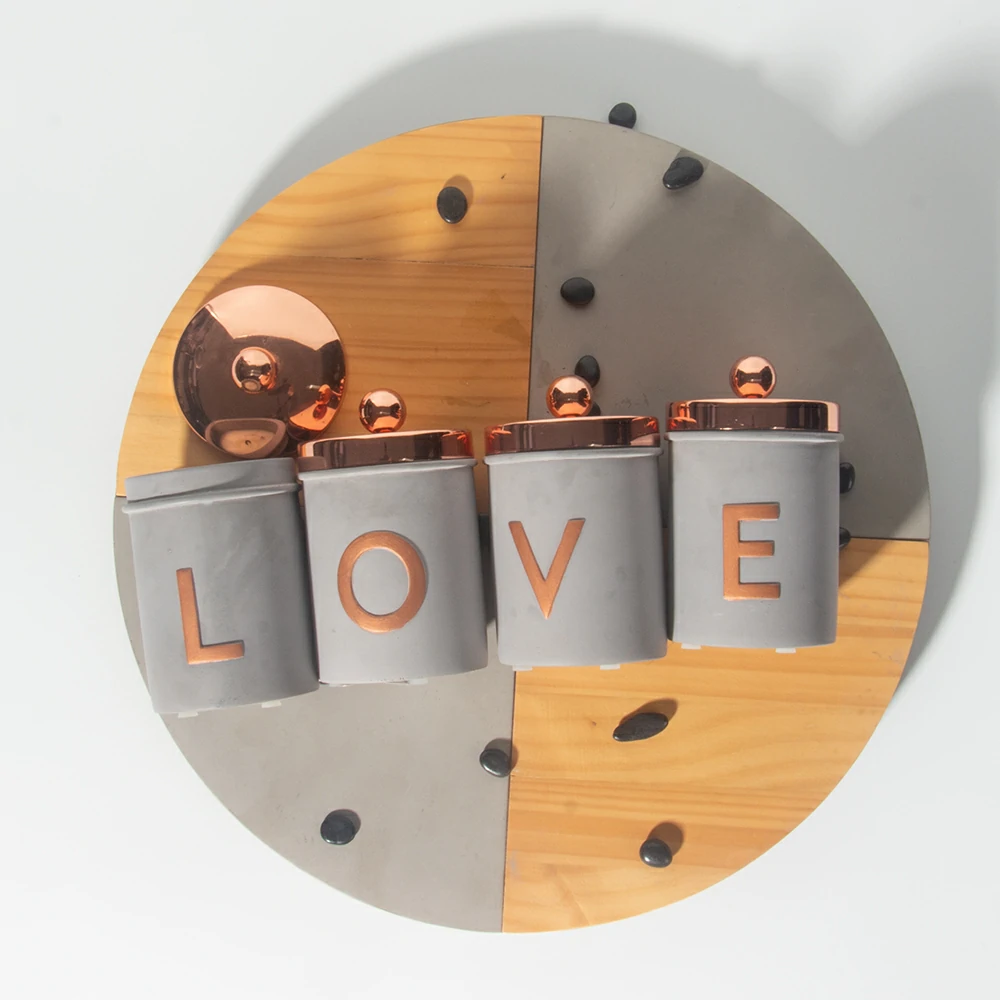

 Tel
Tel
 Email
Email
 Address
Address










